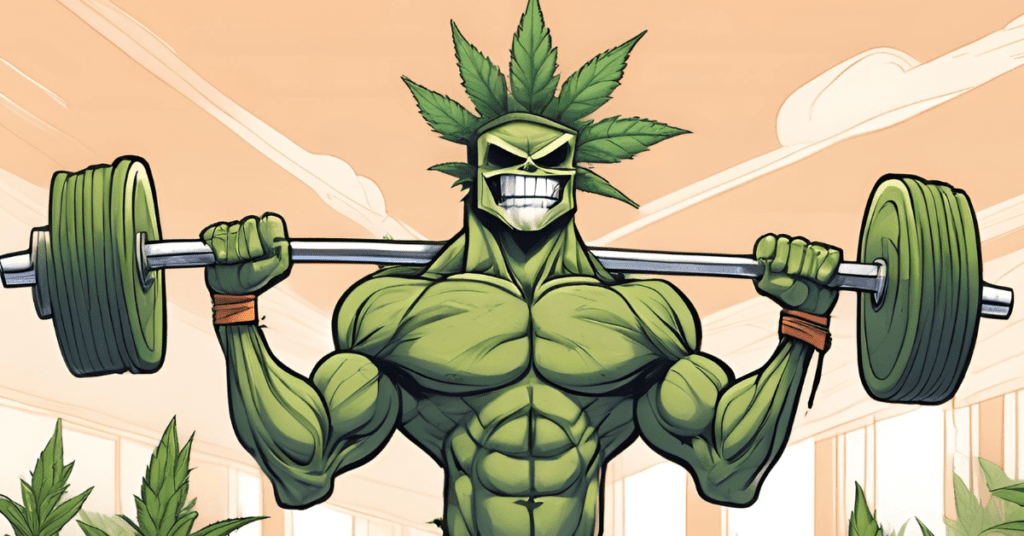Low Stress Training (LST): Enhancing Yield and Quality in Cannabis Cultivation
Low Stress Training (LST) is a proven technique in cannabis cultivation that involves gently manipulating the plant’s growth to optimize light exposure, increase yield, and promote even canopy development. Here’s a comprehensive guide to understanding and implementing LST effectively:
1. What is LST?
LST is a method where growers bend and secure the stems and branches of cannabis plants to encourage lateral growth and create a more even canopy. Unlike high stress techniques like topping or pruning, LST minimizes plant stress and encourages natural growth patterns.
2. Benefits of LST:
- Improved Light Penetration: By spreading out the branches, LST ensures that more bud sites receive direct light, maximizing photosynthesis and enhancing bud development.
- Even Canopy: LST helps create a flat and uniform canopy, ensuring that all parts of the plant receive equal exposure to light and airflow.
- Increased Yield: With more bud sites exposed to light, LST can significantly increase the overall yield of cannabis plants.
- Better Air Circulation: Properly trained plants have improved airflow, reducing the risk of mold and mildew formation.
3. How to Perform LST:
- Start Early: Begin training plants during the vegetative stage when they are flexible and responsive to manipulation.
- Gentle Bending: Use soft ties (e.g., plant ties, twist ties) to bend the main stem or branches outward and downward.
- Securing: Attach the tied branches to the edges of the pot or use stakes to hold them in place, ensuring they remain gently bent.
- Monitor Growth: Regularly check and adjust the ties as the plant grows to maintain the desired shape and angle.
- Patience: Allow the plant time to adjust to the training; it may take a few days for the branches to adapt and grow upwards towards the light.
4. Considerations for LST:
- Strain Adaptation: Some cannabis strains respond better to LST than others; experiment with different techniques to find what works best for each strain.
- Training Frequency: Avoid over-stressing the plant; LST should be done gradually and with care to avoid damaging the stems or causing undue stress.
- Training Duration: Continue LST into the early flowering stage if necessary to ensure optimal light exposure and bud development.
5. Advanced Techniques and Variations:
- Main-lining: A more intensive form of LST where plants are trained into multiple main colas, maximizing bud sites and overall yield.
- Screen of Green (SCROG): Combining LST with a screen or net to create an even canopy, ideal for indoor growing environments.
Conclusion
Low Stress Training (LST) is a valuable technique for cannabis growers seeking to maximize yield and quality while promoting healthy plant growth. By mastering LST methods and adapting them to specific strains and growing conditions, growers can achieve more robust, productive crops with improved cannabinoid content and overall plant health.



